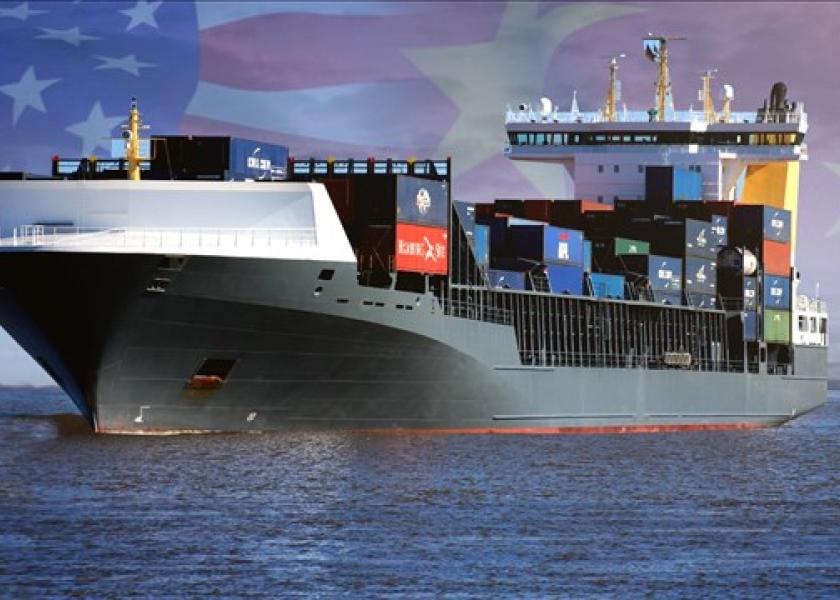Nalivka: My Thoughts On Trade

Trade has taken center stage this year and at this point, regarding markets, it may be a race to the top between weather and tariffs on the list of priorities - not to mention African Swine Fever. At this point projecting the final outcome or impact of any of these issues can be a challenge at best. However, as I make that statement, I think about the outcome of the USMCA and replacing NAFTA.
Two weeks ago, in response to the Trump Administration lifting tariffs on steel and aluminum, Mexico lifted its 20% retaliatory tariff on U.S. pork and Canada lifted it’s 10% retaliatory tariff on U.S. beef. Voila’! This is a positive step and we are on the way to ratifying the USMCA – definitely good news for U.S. beef and pork producers. But wait, not so fast. It is now in the hands of the U.S. House of Representatives and politics have taken center stage, albeit I am still optimistic.
In addition to this positive news concerning trade with Canada and Mexico, Japan lifted the 30-month age restriction on U.S. beef. Because this decision primarily affects cow beef, it will likely have little impact on U.S. beef tonnage. But, it is both positive toward a new U.S. – Japan trade agreement for beef and is consistent with OIE policy concerning BSE (Mad Cow Disease).
In 2013, the OIE indicated the U.S. poses negligible risk for BSE. The age restriction was imposed by Japan following the discovery of a cow with BSE in the U.S. in 2003. It should be noted that nearly all U.S. beef cuts exported to Japan are sourced from grain fed cattle marketed from feedlots with an average age that I believe ranges from 21 -24 months. Fed cattle that are over 30 months of age are likely heifers that lost a calf or did not breed and were culled and placed on feed. They represent a very small percentage of the total on feed inventories. But again, lifting this age restriction is an important trade development as it indicates that Japan now recognizes OIE’s risk assessment for BSE in the U.S.
In 2018, the U.S. exported 3.2 billion pounds of beef valued at $7.2 billion – a piece of information we have heard many times over by now. Our U.S. beef exports to Japan, South Korea, Hong Kong, Mexico, Canada, and Taiwan accounted for 88% of those U.S. beef exports and Japan alone, accounted for $1.7 billion of the value.
Beef and pork exports are key to demand and these exports contribute significantly to U.S. wholesale beef and pork prices. But, trade is extremely complex and concerns the dynamics of different governments, different cultures, and human behavior. Good trade agreements are not easy and they don’t happen overnight but they should be the result of well- thought out long term strategies.
Related stories:
ASF Boosts China's Demand For Beef







